The central question in the novel The Sphinx Scrolls is whether the mummification technology would be able to preserve someone for so long a period of time there was still the potential of bringing them back to life.
That book introduces the theory that Egyptian mummification got its inspiration from a much older and more advanced technique that would have had such capabilities.
How likely is this idea?
Mummification in Ancient Egypt, regardless of its success in preserving human tissue over thousands of years, was actually symbolic, if you take out their belief in their spiritual afterlife.
Just think about the mummification process – it was a sophisticated version of taxidermy.
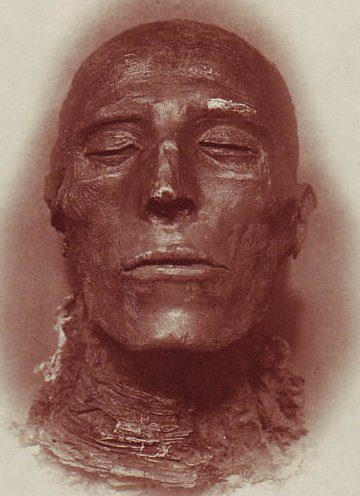
This process was designed to still the decay of skin cells.
The internal organs had been disposed of, as there was no mixture of salts and spice capable of penetrating deep enough to save them.
Yet if Egyptian mummification could have been simplified, could the lost art of body preservation have had the chance to reanimate a dead body?
This belief would only be trusted if it’s accepted that the Ancient Egyptians were descended from an advanced antediluvian culture, a civilization that has been lost to history.
This argued theory is based on countless finds, curiosities, and evidence that deviates from the standards that support the unobtainable idea of this high point in mankind’s technologies.
The Egyptian achievements sparked the finish of an even more glorious civilization.
Ancient Knowledge and Technology
In 1837 Egyptologist Colonel Howard Vyse blasted a hole in the Great Pyramid of Giza.
He found a section of iron sheet was wedged between the inner blocks, although the pyramid was built two thousand years previous to the Iron Age.
Furthermore, a 1989 metallurgical examination of that iron revealed traces of gold on the surface, suggesting that it may have been plated.
This technique would have needed the knowledge of electricity. Even stranger, the Hathor Temple at Dendera features stone reliefs, displaying what some have thought were lightbulbs.
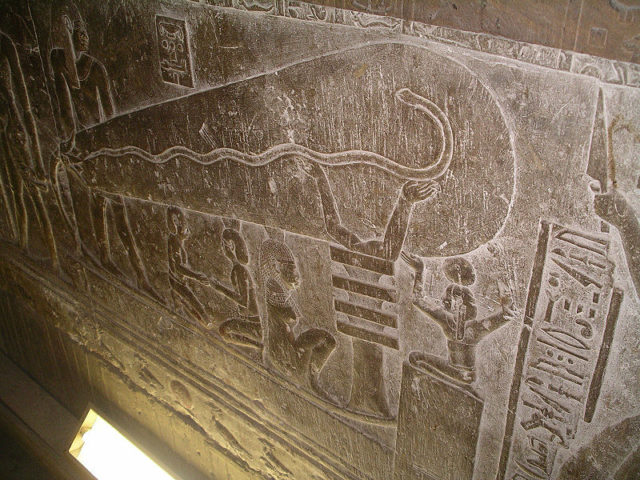
Some other researchers have further theorized that the lack of burns or soot from flame torches in several Egyptian tombs might argue the use of a system of electric lighting.
There are drilled holes still to be discovered in the granite of the Great Pyramid and in several other locations, including the stone quarries.
Could these perfectly circular, deep holes have been cut using a tool that needed electrical power?
Curious hieroglyphics can be found in the Temple of Seti I at Abydos – they seem to display an airplane, a boat, and a helicopter.
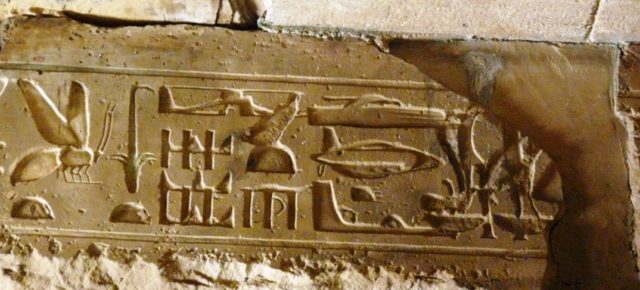
A single abnormal artifact can be explained as a chance event or a modern misinterpretation.
The helicopter engraving, for example, is thought to have resulted from the hieroglyphs overlapping after the re-use of the same stone.
Yet faced with several other instances that seem to defy the historical timeline, should we at least consider the possibility of the Pharaonic Egypt having represented humanity’s finding of a fraction of what it once knew?
Did the ability to build the Great Pyramid of Giza with such accuracy and scale come suddenly in the Bronze Age culture?
Or did the creators have knowledge that was preserved for generations?
Lost Civilization
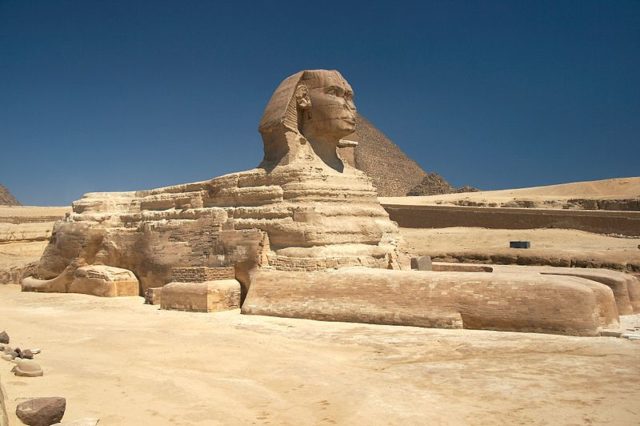
The Great Sphinx of Giza may be thousands of years older than the pyramids.
Some other geologists who examined its patterns claim it dates back to a time when the Giza plateau had a wet climate.
This would have been several millennia before the pyramids’ construction.
If this is correct, it might support the lost civilization hypothesis.
Did the Pharaohs descend from an advance antediluvian culture? Were the Ancient Egyptians aware of their past glory? Was there a time when their ancestors thought they had the potential to live forever?
If these theories of the Egyptian technologies being the remains of something far older and better are true, then could mummification be the simpler version of an ancient technique that had more complex chemistry?
Were they able to practice a procedure that preserved cells throughout the body and not only the skin, and might this process have even been reversible? If that is true, they retained only part of the knowledge.
They did not posses the full recipe to mummify their dead with the prospect of the genuine reanimation of dead bodies.
Advanced Cryopreservation
Current cryonic sciences aim to preserve people without the decaying process.
This is so that in the case of a terminal ailment that might be cured at some future date, the subject could have a second chance at life. The cryonic techniques avoid the cellular damage from ice throughout the freezing process by adding cryoprotectant chemicals to the body.
This enables water in and around the cells to turn into solids without forming ice crystals.
Yet the cryoprotectants themselves are harmful.
The system would rely on the hope that future scientists would be able to reverse the harmful effects of their use.
Is it possible that the ancients were capable of formulating a cellular antifreeze that could have avoided ice damage with no harmful side effects?
Did they have a way to stop biological time without causing permanent low temperatures? Was there a chemical compound pumped through the body to replace blood at the point of death?
Would this enable indefinite preservation without needing the power of ice?
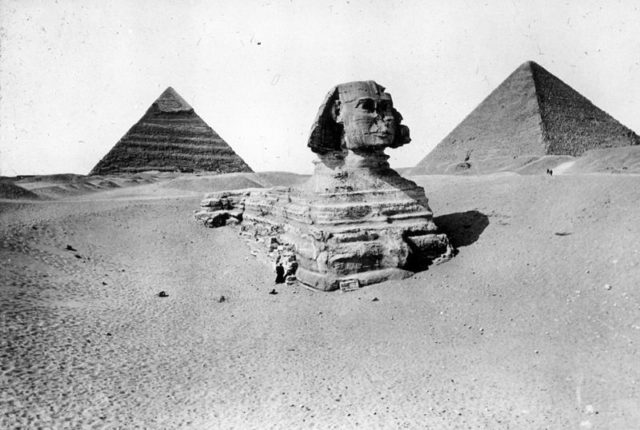
This is a theory, not science, a hypothesis, but not considered history.
It is easy to use imagination to fill in empty spaces.
If this had been a reversible form of ambient mummification in the past, wouldn’t there be a preserved body found by now?
Perhaps not – natural disasters or war could explain the absence.
Or we could just be searching in the wrong places.
Here is another story on related topic: Elaborately tattooed Egyptian mummy’s are 1st of their kind
Possibly, the actual recipe for immortality still exists somewhere – maybe preserved in the legendary hall of records that is associated with the Sphinx? The fiction of today may yet turn into tomorrow’s facts.
